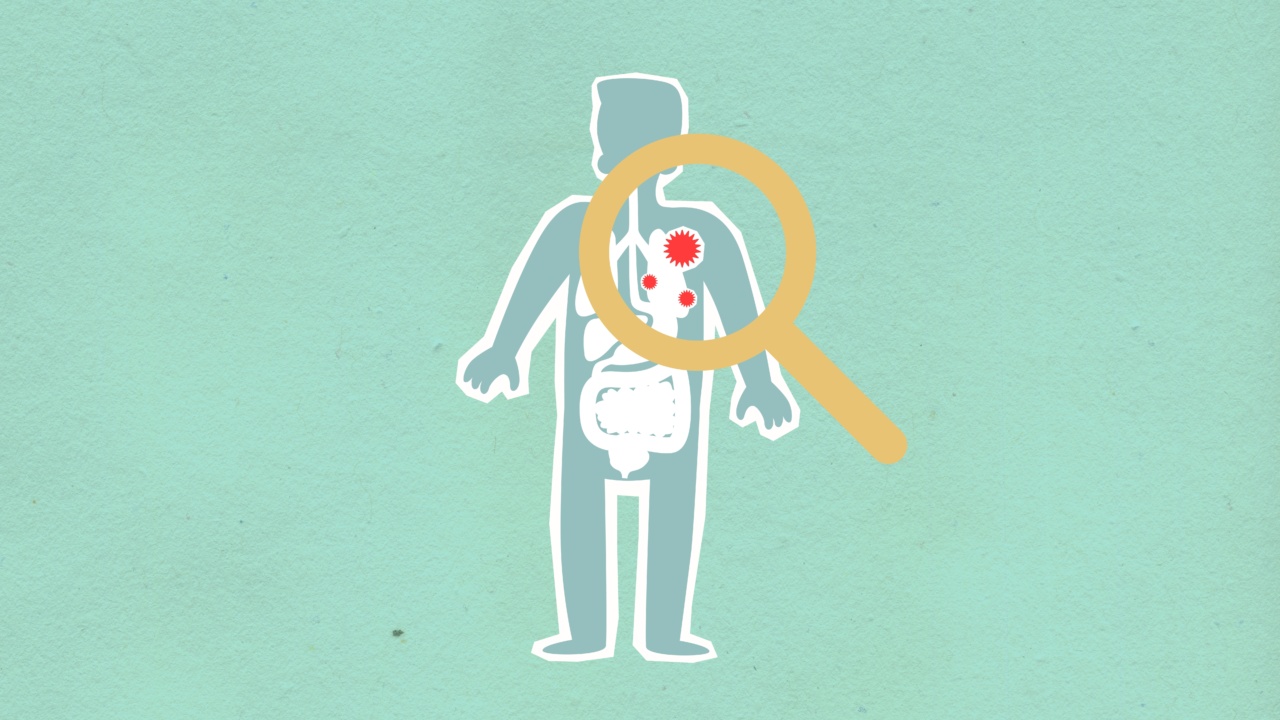Ghost disease, also known as familial encephalopathy with neuroserpin inclusion bodies (FENIB), is a rare genetic disorder that affects a family’s neurological health.
This disease’s impact on families is severe because it can cause neurological problems ranging from seizures to memory loss. Ghost disease is inherited from one generation to another, meaning that families affected by it can experience the disease’s devastating consequences for years to come.
Genetics of Ghost Disease
Ghost disease is caused by mutations in the SERPINI1 gene, which provides instructions for making a protein called neuroserpin.
This protein helps regulate the nervous system’s functioning by inhibiting the activity of enzymes that break down certain proteins. In people with ghost disease, the mutations in SERPINI1 cause neuroserpin to be abnormally clumped together, forming toxic aggregates, or inclusion bodies, in the cerebral cortex of the brain.
These inclusion bodies damage neurons, leading to neurological problems that include seizures, dementia, and movement disorders.
Symptoms of Ghost Disease
The symptoms of ghost disease can vary from person to person, even within the same family. Some people may experience only mild neurological problems, while others may have severe symptoms that significantly affect their quality of life.
The most common symptoms of ghost disease include:.
- Seizures
- Dementia
- Movement disorders, such as Parkinson’s disease or chorea
- Behavioral changes
- Headache
- Memory loss
- Depression
These symptoms usually appear in adulthood, typically in a person’s thirties or forties. However, in rare cases, ghost disease can also affect children and young adults.
Diagnosing Ghost Disease
Diagnosing ghost disease can be challenging because its symptoms can resemble those of other neurological disorders. A doctor will usually perform a thorough neurological exam and medical history to rule out other conditions.
If a doctor suspects ghost disease, they may order genetic testing to look for the SERPINI1 gene mutations that cause the disease.
If a person is diagnosed with ghost disease, their doctor may recommend regular neurological evaluations and imaging tests, such as MRI or CT scans, to monitor the progression of the disease and manage its symptoms.
Treatment for Ghost Disease
Unfortunately, there is no cure for ghost disease. Treatment focuses on managing the symptoms of the disease and improving a person’s quality of life. Medications can be prescribed to control seizures, movement disorders, and behavioral changes.
Physical therapy and occupational therapy can help improve mobility and reduce the risk of falls.
Counseling and support groups can also help families affected by ghost disease cope with the emotional and psychological impact of the disease.
In some cases, genetic counseling may be recommended to help family members understand their risk of inheriting the disease or to assist them in making decisions about having children.
Impact on Families
The impact of ghost disease on families can be significant. Because it is a genetic disorder, family members of an affected individual may also be at risk of developing the disease.
This risk can cause anxiety and stress for family members, especially those who have witnessed the disease’s devastating effects on their loved ones.
Family members may also be impacted in other ways. Providing care for a loved one with ghost disease can be challenging, both physically and emotionally.
Watching a family member’s mental and physical health decline over time can be heartbreaking for family members.
Moreover, the financial cost of caring for a loved one with ghost disease can be significant. The cost of medications, therapy, and other medical treatments can add up quickly.
Families may also need to modify their homes or hire home healthcare professionals to assist with activities of daily living.
Research and Future Treatment
There is ongoing research into treatments for ghost disease, including gene therapy and drug therapies that target the accumulation of neuroserpin in the brain.
However, these treatments are still in the early stages of development and are not yet available to the public.
Genetic research may also help identify individuals at high risk of ghost disease and allow for earlier diagnosis and intervention. Scientists are also investigating potential treatments that may slow or prevent the progression of the disease.
Conclusion
Ghost disease is a rare genetic disorder that can have a significant impact on families affected by it. Its neurological symptoms can range from mild to severe, and there is currently no cure.
Families may experience emotional, financial, and practical challenges in caring for loved ones with the disease. Ongoing research into treatments and genetic testing may help improve outcomes for those affected by ghost disease and their families.





























